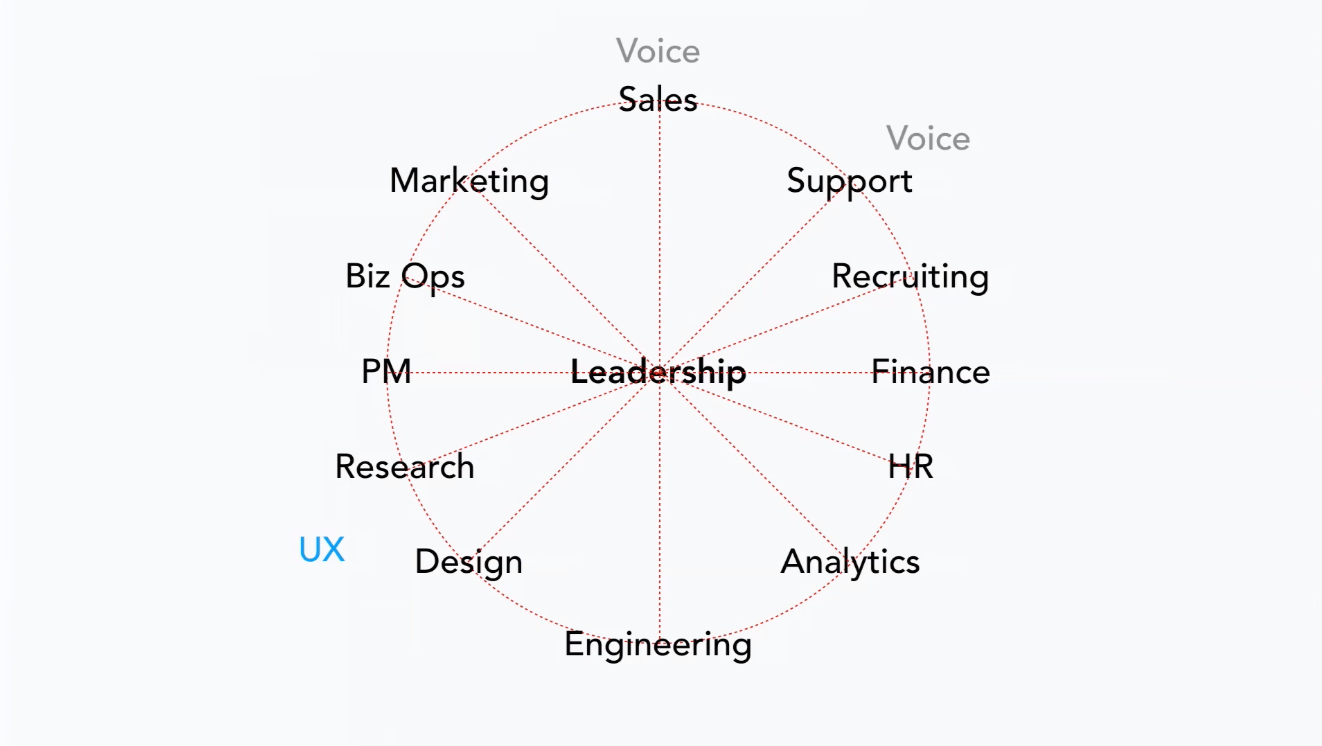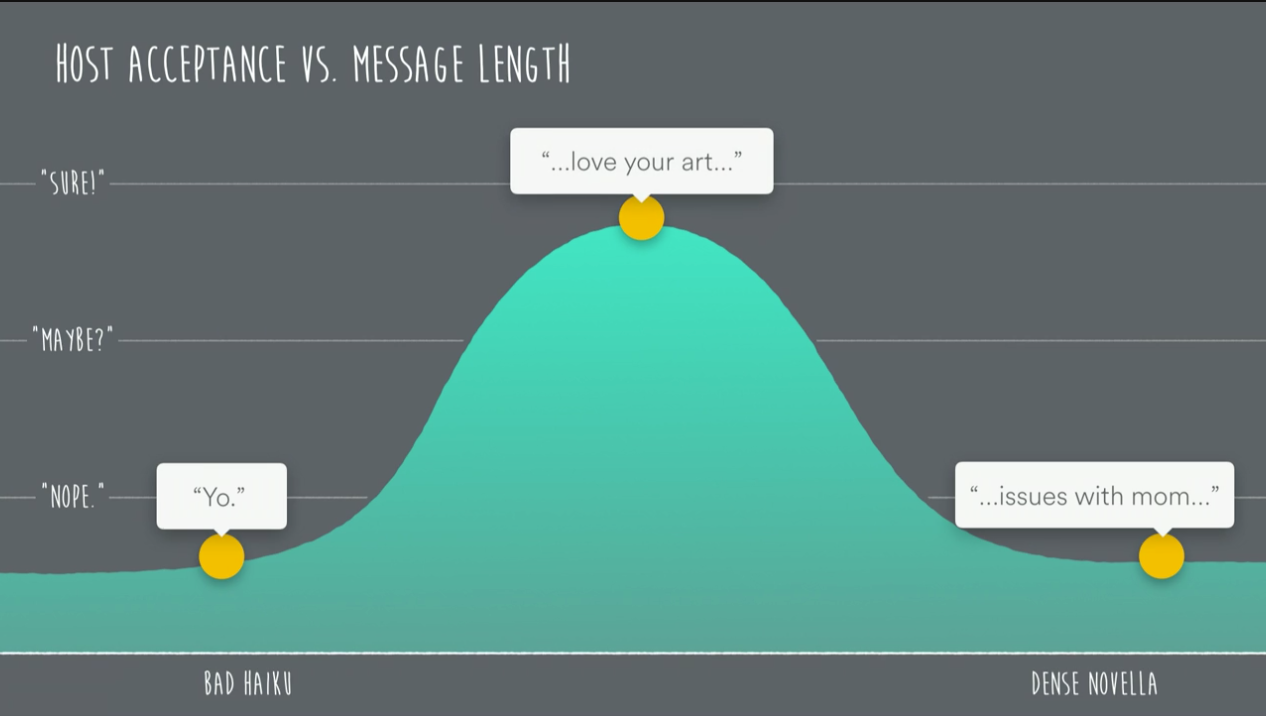

Watch these talks to become a better designer
source link: https://uxplanet.org/watch-these-talks-to-become-a-better-designer-678486161327
Go to the source link to view the article. You can view the picture content, updated content and better typesetting reading experience. If the link is broken, please click the button below to view the snapshot at that time.
Watch these talks to become a better designer
As a designer, perspective is everything!
The End of Navel Gazing
— Paul Adams, VP of Product at Intercom. Ex- Facebook, Google and Dyson.
TLDR (Key Takeaways):
- UX is not at the center of a successful product, it’s one of the business operations.
- Designers should stop worrying about existential crises and focus on providing value to the business.
- Collaborate with different job functions in the company to gather better insights to influence business and design decisions.
Not looking beyond Users (the first aspect on the priority list) will limit your understanding of a successful product, and thus, its impact on the users. The article Designers Finally Have A Seat At The Table. Now What?wonderfully explains a new sequence of priorities for designers and design leaders- User, Business, Team, and Self.
Firstly, designers should understand the Business model and how the company makes money. This will provide you with the insight to build a product that sells. More Sales=More users using the wonderful product you designed for them.

Secondly, designers should not ignore other job functions that contribute to the business. In the past couple of years, a lot of discussions have encouraged collaboration between engineers and designers which enables effective implementation of the product (Build phase in the UX Process). However, a UX Designer is also involved in Discovery and Ideation phases. This is where the opportunity lies for collaboration. Ex. You can collaborate with Sales and Support teams in your company to understand the issues in the product and also what new feature they should work next. Sales and support teams talk to the users every day! They are the voice of the users (not the designers who only know the personas). A mature UX Designer understands this gap and leverages it to improve the product.
How Airbnb designs for trust
— Joe Gebbia, Co-Founder of Airbnb
TLDR (Key Takeaways):
- Ideas come from personal experience during desperate times
- A shared economy strives for human connection
This talk help me realize to design great products, I have to experience them first. Dogfooding has been around forever but leveraging that to your advantage is your responsibility as a designer. To truly experience how the product feels, interactive prototypes are not enough. After the dev completes the implementation, you should interact and use the application/feature everyday trying to execute on the different use cases and see what pain points you might grow overtime. This should help you refine the fine edges of the experience and be assured its an experience that works!
Right trust = Right disclosure
Building trust is a very tricky balance of how little or more information you present. But good part is, as designers we can measure overtime what creates trust and then set a size of textbox or add suggested prompts to guide users to enter the right amount of information.

Perspective is everything
— Rory Sutherland, Vice Chairman of Ogilvy Group UK
TLDR (Key Takeaways):
- Having a sense of control changes how you feel
- Focus on psychological and creative ideas v/s rational and technological ideas
- Use triggers increase the perceived real value users receive
Things are not what they are; they are what we think they are
People believe, a product that only does one thing is better than something that does that thing and another– It’s an innate thing called “goal dilution.” Take the example of Google, if you hear the word “Search” you’ll find yourself associating the work “Google” with it. Find what is that ideal value proposition your product/feature will prosper at, and use that to your benefit to sell the idea!
Another aspect of design process this talk reminded me of is proving that our design will lead to success. If you’re a creative person, you’ll feel oblighed to share all your ideas for approval with people much more rational than you. You might go as fas as doing a cost-benefit analysis, a feasibility study, an ROI evaluation, adoption rate analysis, and so forth. However, as long as your designs are based on evidence from prior research and you’ve a good sense of the impact of your work, getting a rational validation is an extention to ensure success, but do not beat yourself down for receiving lower than expected metrics. Your job as a designer is to be creative and design experiences users enjoy and love.
Other talks I hope you watch and enjoy–
Living with Complexity
— Don Norman, The man needs no introduction
You are fluent in this language (and don’t even know it)
— Christoph Niemann
Are we in control of our decisions?
— Dan Ariely
The Super Mario Effect
– Mark Rober
Recommend
About Joyk
Aggregate valuable and interesting links.
Joyk means Joy of geeK